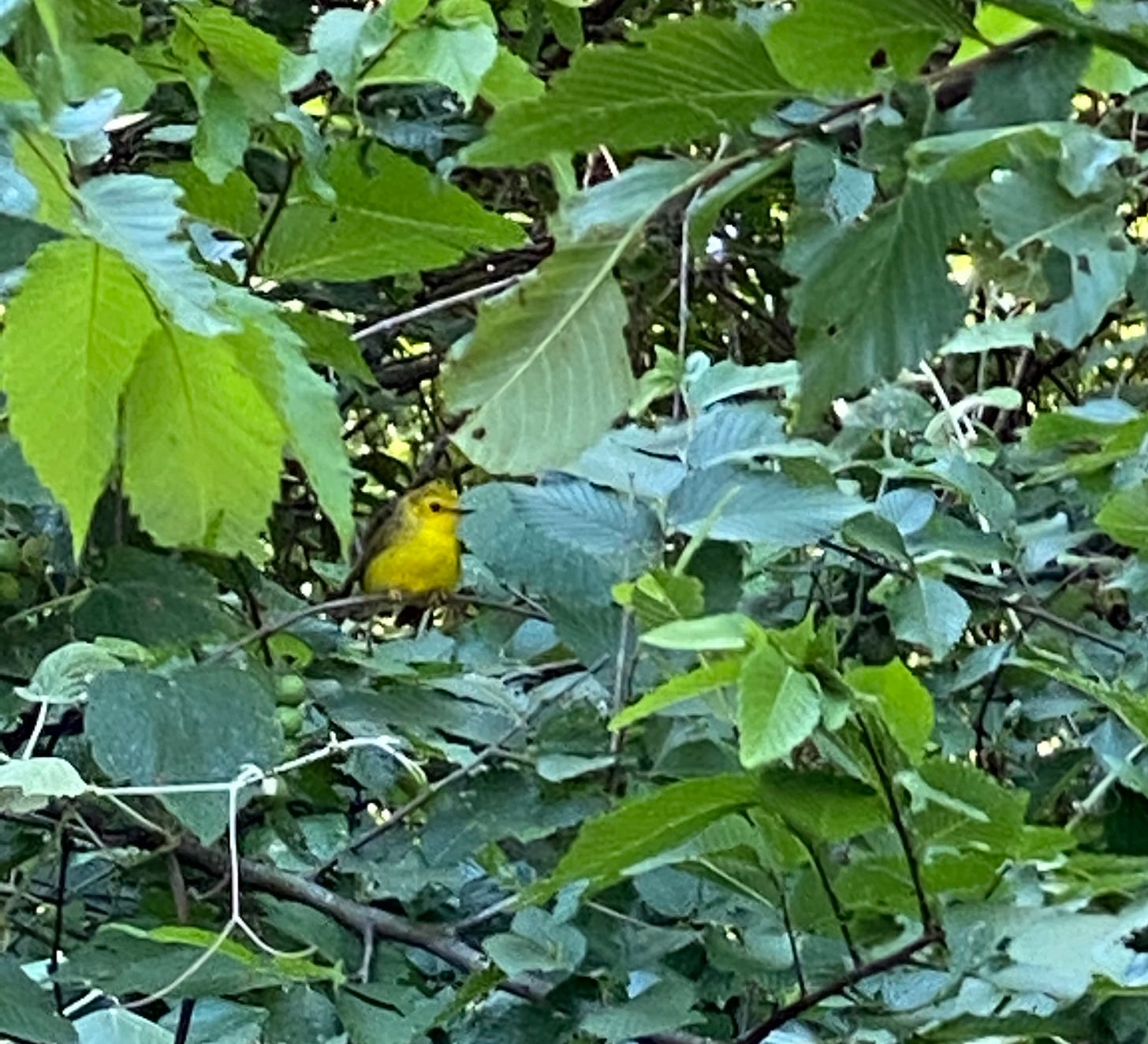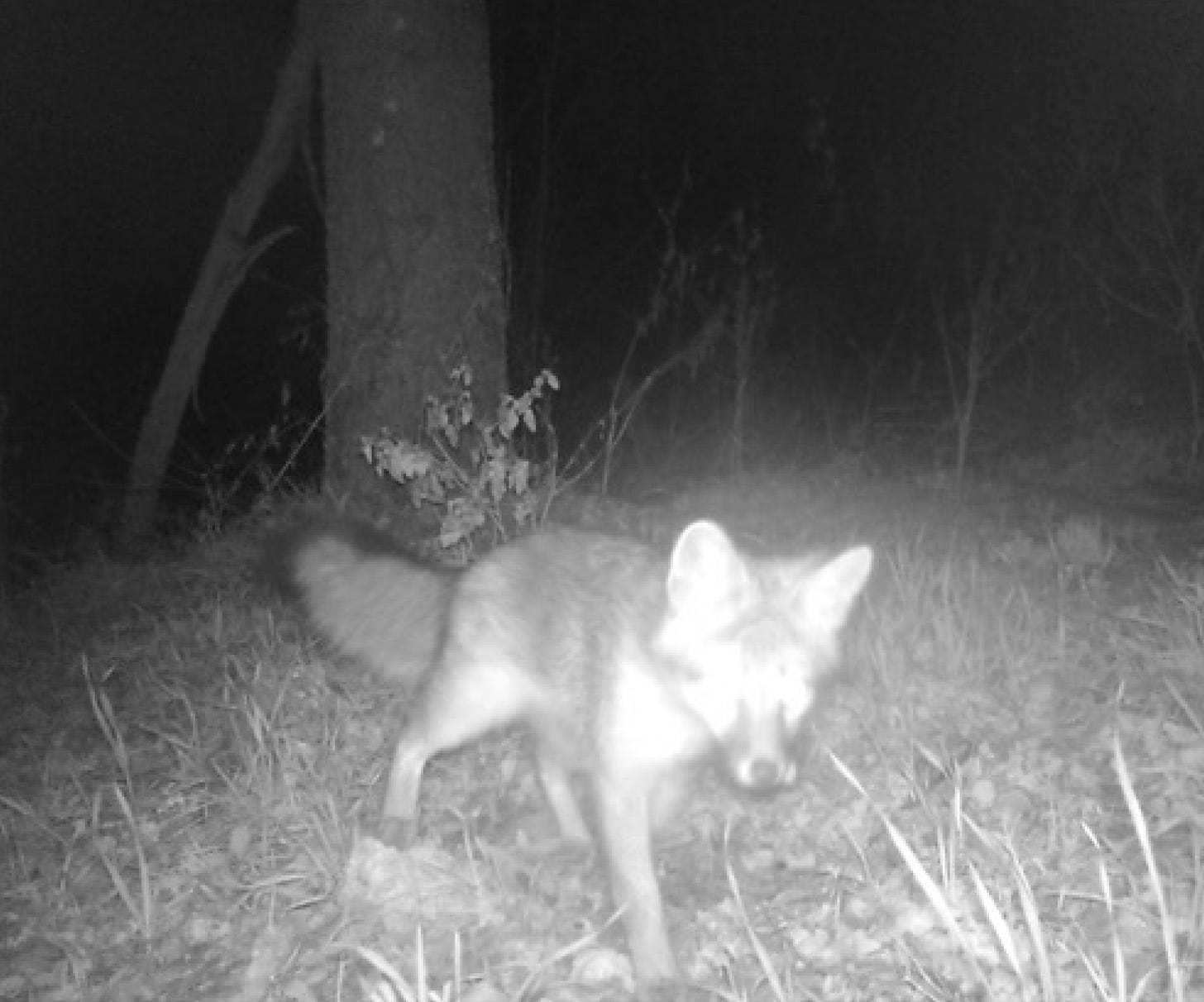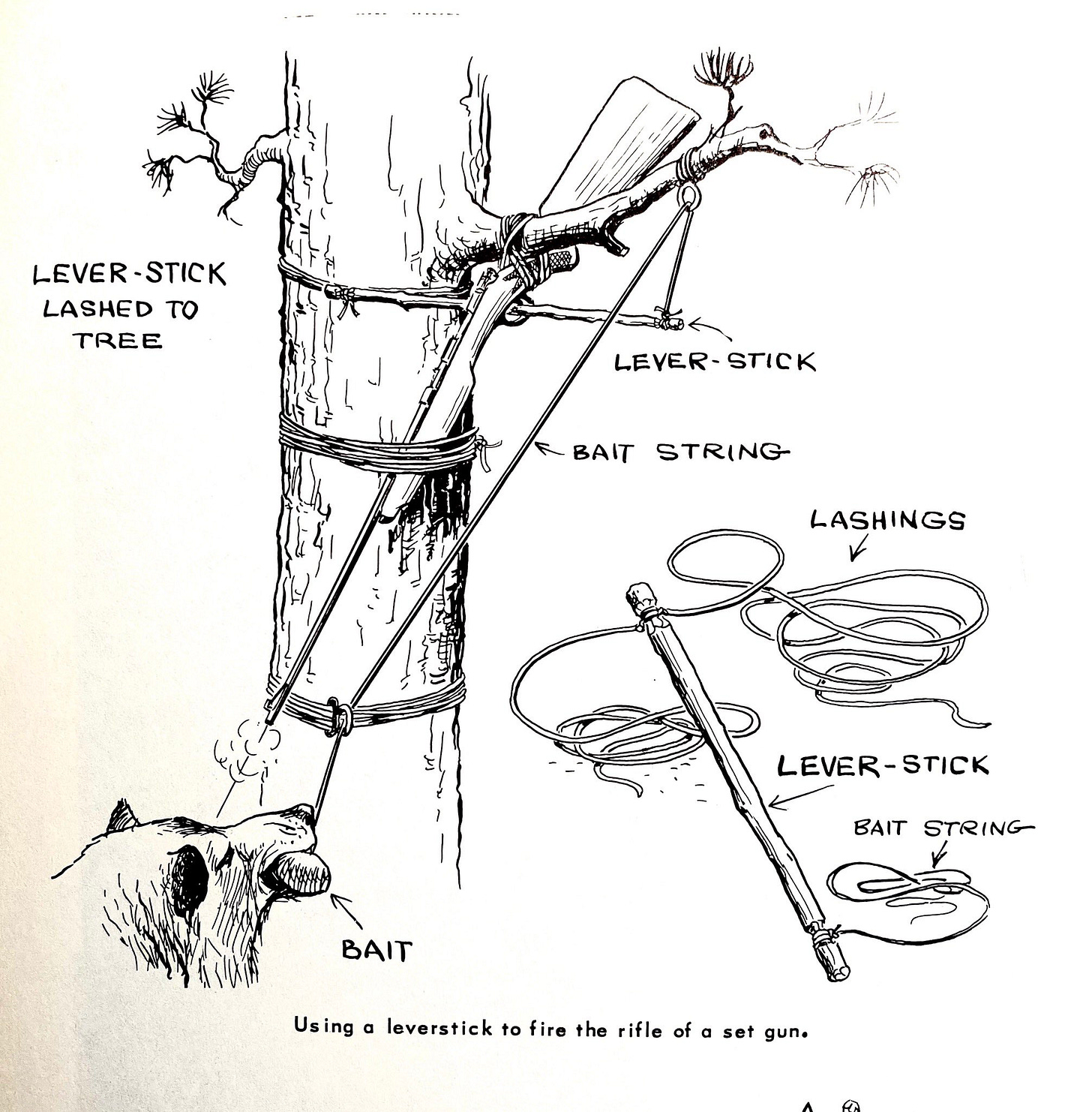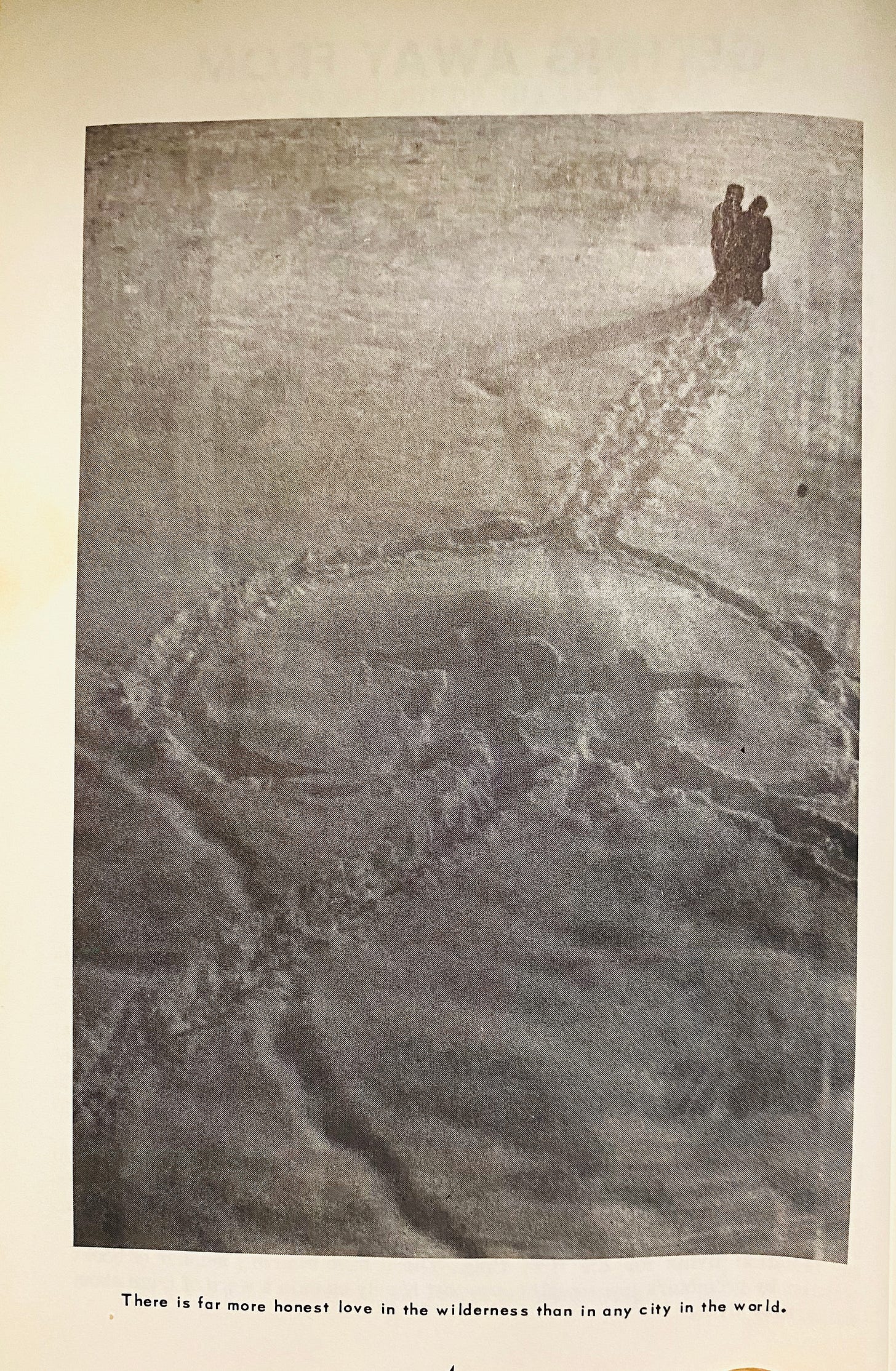DRIFTWOOD CAN MAKE YOU WEALTHY

Friday evening I headed out into the urban jungle for the first time in more than a month. Before the quarantine, I was downtown for meetings a couple times a week, but now I rarely get much further than the old Airstream I use as my home office (pictured above with Thursday morning coming up). The idea of driving in this town on a Friday at 5:30 normally requires a commitment to gridlock or an elfsourced traffic app that can hack portals through space time.
This week, it felt almost abandoned, somewhere between a college town after all the students went home and a post-apocalyptic movie. And as I sat there at the stoplight at 8th & Trinity, not a soul around, I watched an unremarkable but wonderful scene of predator and prey: a sparrow chasing a flying insect in little aerial loops, through the thermals rising from the pavement at the end of a hot Texas day. An ephemeral bit of everyday Wild Kingdom, gone almost as soon as I noticed it, but there was something crazy beautiful about it. It looked like the bug got away.

I looked around, and remembered the old creek that runs at the base of that hill, between the abandoned music clubs and the fortified police headquarters. When I worked downtown full-time, I used to run along that creek. It’s like a secret canyon under the pavement, and has long been dominated by drifter camps and needle parks. There’s a massive restoration and renovation project underway, funded by community-minded Dellionaires and civic boosters with High Line dreams. When you explore down there you can see they attempted something similar in the 80s, trying to turn it into a proper promenade of water flowing under the corporate hotels. It didn't take. It feels like the creek just wants to be left to the creek people, and the turtles that put up with the trash in the absence of other predators. But when the rest of downtown empties, you can imagine it going back to wild. You can sense it actually happening, as the first scouts who live in that pocket of urban negative space step out to see why things are so quiet all the sudden.

Earlier in the week I went for a run into the woods under the overpass, and came upon an unusual installation of spray paint and cellophane near the river overlook. I’ve seen a lot of weird things down in there over the years, including a gigged stag, the remains of a candlelight chicken sacrifice, a dimensional portal, and several variants of edgeland Gandalf, but this was a new one. Maybe it had something to do with this week’s astrological developments, as the Moon appeared in the early morning sky next to Saturn and Jupiter, with Mars nearby.

We had several signs of nature taking over our own home this week. The most anecdotally notable one was that I found a snake under the toilet Monday afternoon. The tiniest snake I’ve ever seen, and even kind of cute, with the kid’s book version of a snake face, but still a snake under the toilet. Looks like it was likely a plains blind snake, a species I had not encountered before. Small enough to get in along the water pipes, apparently.

On Wednesday, our air conditioning conked out as the day got up into the low 90s. Texas without air-conditioning is an express ticket to cli-fi dystopia, and when the breaker wouldn’t reset and I went to check the condenser, I investigated further and found ant sign all over the service box. Fire ants love electricity, and they have colonized more than a few lines around here. I was able to get our electrician friend over in the morning, and after a muggy night we opened up the box and found the ants had moved on, and the problem was a short, probably exacerbated by the electrical storm Tuesday night. We also found the desiccated remains of two lizards who had gone for the glow, a gecko and an anole.

As we stood out there working on the box, I heard noises in the woods, and realized it was one of the foxes that live back there behind the door factory and the construction supply warehouse. Foxes, I have learned, sound like if cats could bark. You can’t really believe it until you see it. One of these days I will catch it on video, but the only way I have been able to photograph foxes thus far is with a trailcam.

The week started off super tranquil. Sunday afternoon I was reading in the living room, soaking up the ambient green of the spring foliage outside our windows and feeling the stillness of the whole city shut down, maybe even the whole world, when I caught some crazy commotion in the periphery. A wild orange and yellow bird, colored like some flame-spouting little superhero, there in the vines that hang from our roof.

I’d never seen such a bird, and had no idea what I was looking at. I went out for a closer look, and the bird would fly off, then quickly come back. I soon realized it was a pair, with a plainer yellow female. They were chattering at each other nonstop, with a rapid series of sharp chirps. My excitement at these remarkable creatures turned to wariness when I realized they seemed to be messing with the mama cardinal there in the vines, who was guarding her nest. Flame boy in particular was aggressively flying up to the cardinal, perching right by her, as if waiting for her to leave the kids alone for a minute. Our elegant-looking exotic visitors were revealed as teen hoodlums out for a prowl.

I looked in my bird books and couldn’t make a good ID. I pinged a birder friend, and even she was stumped initially. In time, the consensus came back, both from her Facebook posse and my Twitter feed: flame boy was a juvenile male summer tanager. It was there in my Birds of Texas after all, as a tiny illustrated footnote. Next spring he will be full red, almost scarlet. Or so they say, but you can tell there is some taxonomical ambiguity behind the certitude of the ornithological authorities. Whatever they really are, and wherever they came from, they have been hanging out in the neighborhood all week. Flame boy is flitting around outside the window right now as I write this, a little less spastically than he was last weekend.

We didn’t see the other notable visitor this week, but we smelled it, and I could tell the skunk was close from how the dogs were acting along the fenceline Monday morning when we got up before dawn. I’ve only ever seen one skunk around here, and that was years ago. And even then, I only saw its tail, sticking out of the unmowed grass behind the dairy plant, warning off me and the dogs as we approached. It worked. My neighbor saw it in the flesh later in the week, at dusk. And as she watched for it, she saw the raccoons coming out at twilight.
Watching raccoons can be more entertaining than you might think.

Maybe it was my neighbor’s report that got me to pull this strange volume from my natural history library. It’s probably been fifteen years since my NYC archivist friends gave me this book, something they found in the used bookstore near their weekend place upstate, which they handily bookmarked in a dozen spots with entries they knew I would especially appreciate. HOW TO GET OUT OF THE RAT RACE AND LIVE ON $10 A MONTH by George Leonard Herter an Berthe E. Herter is a self-sufficiency guide, as the title suggests, part of a rich and peculiarly American genre. But it’s more than that, crammed with every idea the authors could come up with, delivered free of any coherent editorial organization, many of the ideas surely fictions that would be more likely to injure hunter than prey if attempted in real life.

I have enjoyed the book and even adapted variants of some of its Rube Goldberg-goes-outside ideas in my own books, but it was only when I shared some of these images in my feed this week that I learned it’s one of many cult tomes by those eccentric authors, which now catch crazy high prices. They even rated their own feature in the New York Times Book Review.

The Herters, it turns out, were proprietors of a dry goods store in southern Minnesota. Novelist and Professor Lowell Mick White of Texas A&M reported that he received their catalog as an outdoorsy kid in West Virginia. L.L. Bean’s crazy Midwestern cousin, maybe with something weird in his pipe, cramming hundreds of pages of nominally plausible DIY ideas for living close to nature in a style that channels the casual man-versus-nature violence of old adventure pulps.

This “bear trap” may be the best thing in the book.

But even better are the voluminous pages of ideas on how to sustain yourself economically with the material you can find in the landscape around you. One of which is particularly fitting to those of us who live by the river.

And this idea was so great I used it briefly in my novel Tropic of Kansas:

But you can’t help but wonder whether our current situation isn’t producing a new generation of Herters—people who likely learned their self-sufficiency as a matter of necessity in the Depression, and then turned it into a means of liberation, as they developed their own insane but personally effective manual for living. “Save all tin cans.”

“I was often alone, but seldom lonely”
This week my friend the bookseller, writer and editor Henry Wessells emailed me a question to be answered in this newsletter, which I will do so in the next few weeks when I am less pressed for time. In the meantime, I recommend this wonderful guest post Henry wrote for the Library of America blog on his quarantine reading. In particular, Henry talks about the New Jersey nature writer Charles Conrad Abbott, who explored what the colonial-era jurists called “waste and inhabited land” but today would be called the commons. Henry also says some nice things about my forthcoming book, but it’s Abbott’s Waste-Land Wanderings that he has me wanting to track down:

Library of America: Henry Wessells on his Pandemic Reading
You can also catch Henry in The Booksellers, a new documentary about the antiquarian book dealers of New York City directed by D.W. Young. The film was released just in time for the pandemic, and the team has done an impressive job of figuring out ways to let you watch it at home through partnerships with local indie theaters. Check it out.
I’m in transit this weekend, so this installment is short. Stay safe, and next weekend I will try to answer Henry’s question, which is a good one, about how to choose the path you walk. In the meantime, the Herters have some good advice on that:

Have a good week.


